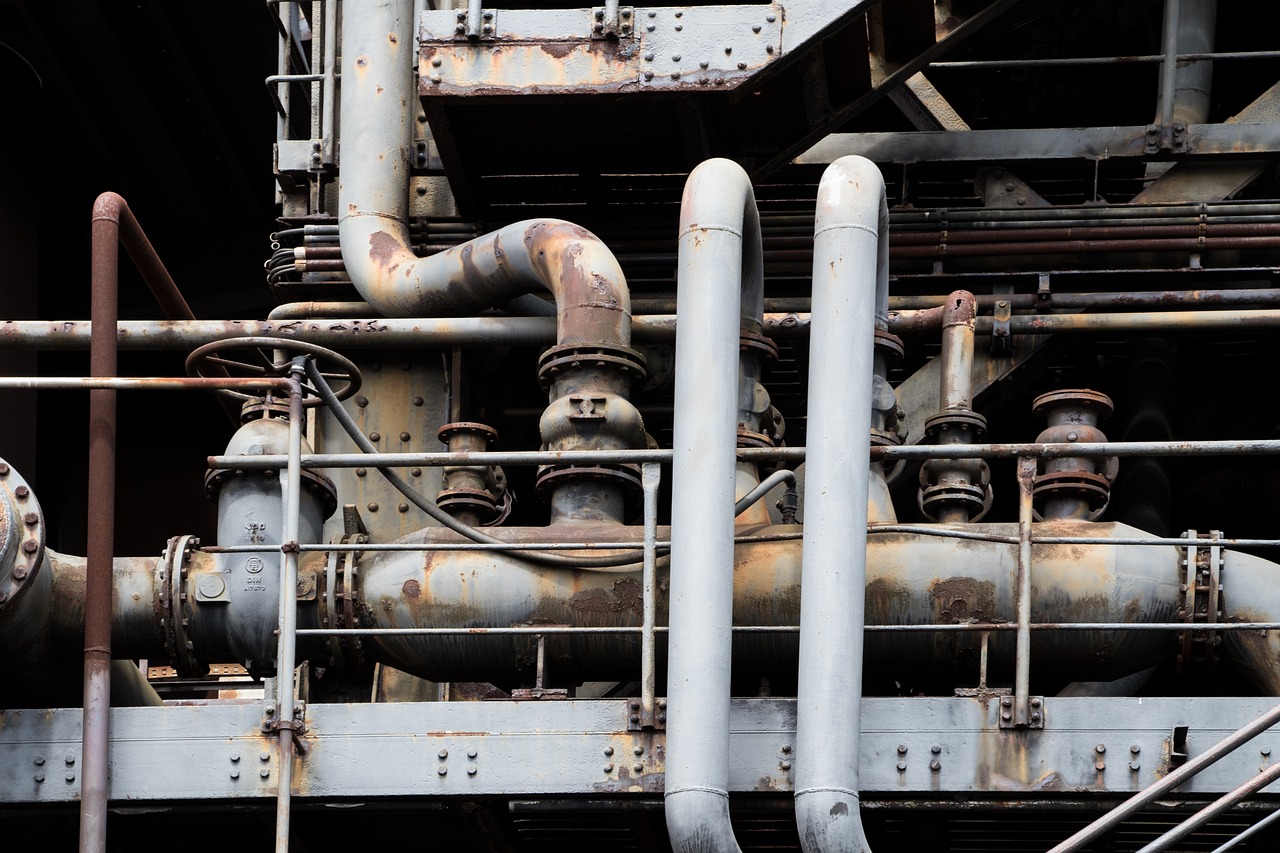Underground pipeline repairs have always been a challenge. For so long, traditional methods have been costly, time-consuming, and disruptive. Too many people have been affected by these approaches without knowing any better. It’s time to recognize the benefits and efficiency of cured in pipe placement options, also known as CIPP.
In this guide, we will share the essentials of CIPP solutions to discuss everything you should know about this modern and efficient pipe repair method.
What is Cured in Pipe Placement?
CIPP is also referred to as cured in place pipe. These terms mean the same thing. The gist of this solution is that it is a trenchless pipe repair method. The materials can be used to repair and rehabilitate existing pipelines and avoid excavation in doing so.
This method involves a flexible liner that is saturated with a resinous compound. That liner is inserted into the pipeline, inflated where it needs to be placed, and then cured to harden it and complete the process.
CIPP can be used for every type of pipeline and any pipe use as well. It’s beneficial for water, sewage, gas, and more.
How Does it Work?
It is important to always use a professional for CIPP application. Thanks to training and specialized equipment, they can handle it with ease.
Here is a glimpse at the process.
- Inspection and Cleaning: We start with a video inspection of the pipeline in question. This provides a real-time view to properly plan and prepare. Once the inspection is complete, we flush and clean the pipeline to prepare it for CIPP.
- Liner Preparation: We prepare the liner prior to inserting it. First, we coat it in a thermosetting resin material that will allow the liner to cure and harden. The exact materials or resin may depend on the condition of the pipe, as well as the curing process we use to complete the process. We can help determine the best materials.
- Insert Liner: We put the liner into the pipe using professional equipment. This can happen through an access point or utility hole. During insertion, we place the liner and then inflate it to begin adhering it to the existing pipeline.
- Curing: The resin will need time to cure and harden to complete the process. The timeline for curing can vary, depending on the method. Curing uses heat or steam, but there are also UV light solutions that can cure much faster.
- Final Inspection: Finally, we inspect our work to ensure the installation is complete and correct.
Benefits of Cured in Pipe Placement
There are several benefits to CIPP and other similar methods. They include:
- Reduce disruptions significantly
- Budget-friendly approach
- Long-term, reliable repairs
- Highly durable with a 50+-year lifespan
- Versatile for application purposes
- Environmentally friendly pipeline rehabilitation
Final Thoughts
Solutions like cured in pipe placement are a huge help to the pipeline industry. It’s important to understand the options as well as the efficiency and durability of such a solution. The benefits are widespread and well worth considering for your next project or pipeline needs. CIPP is great for residential, commercial, municipal, and other pipeline scenarios.
Let Advanced Pipe Repair help you with modern innovation and reliable results. Contact us today, and let’s discuss your pipeline needs.

